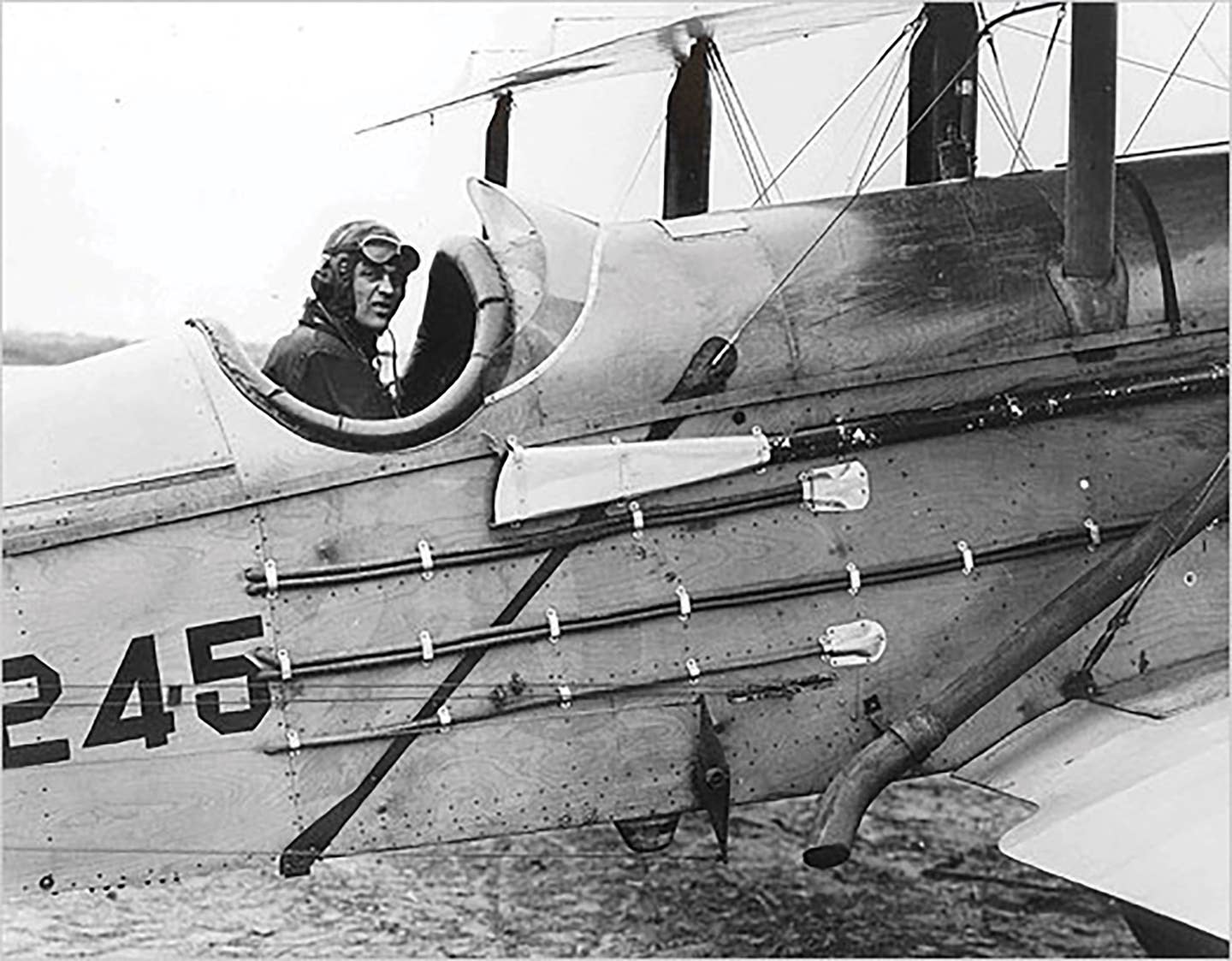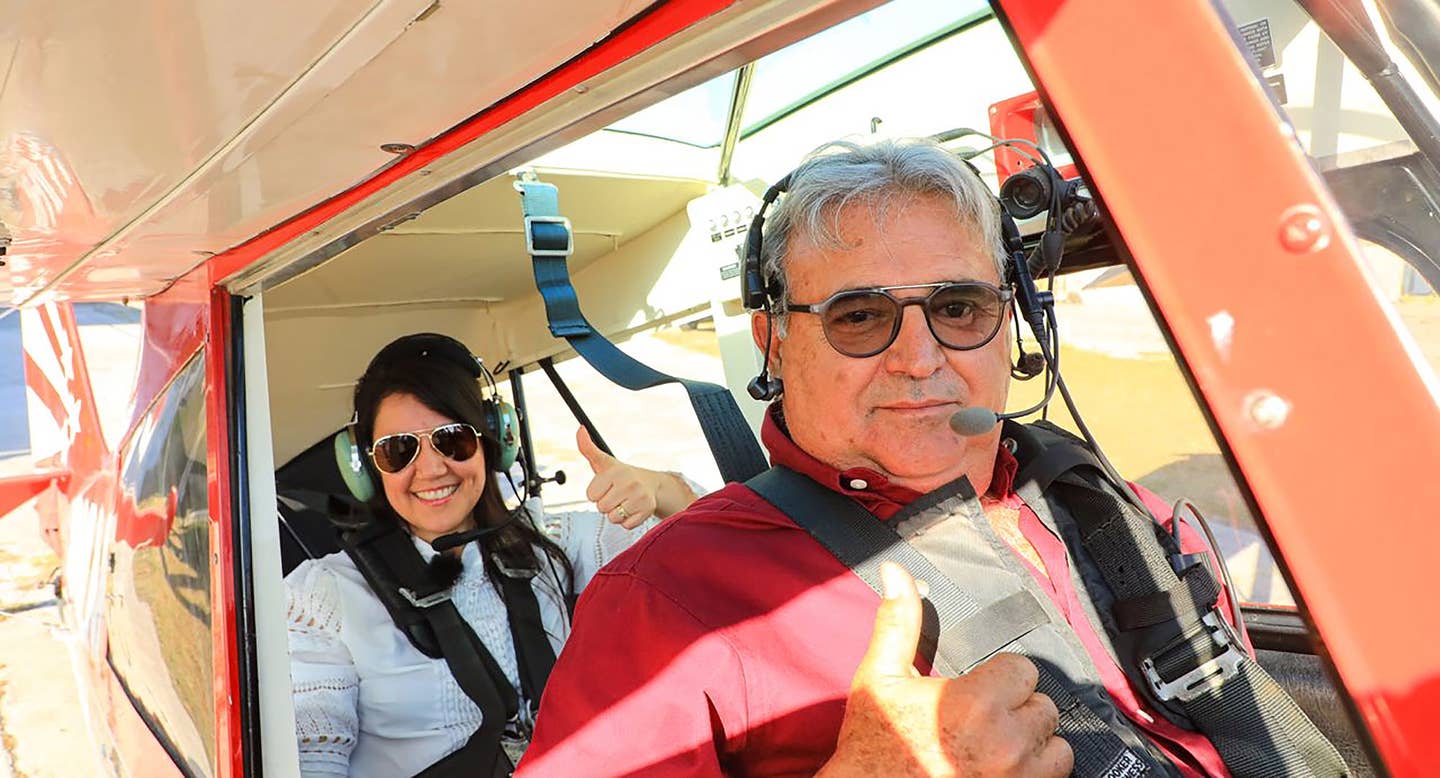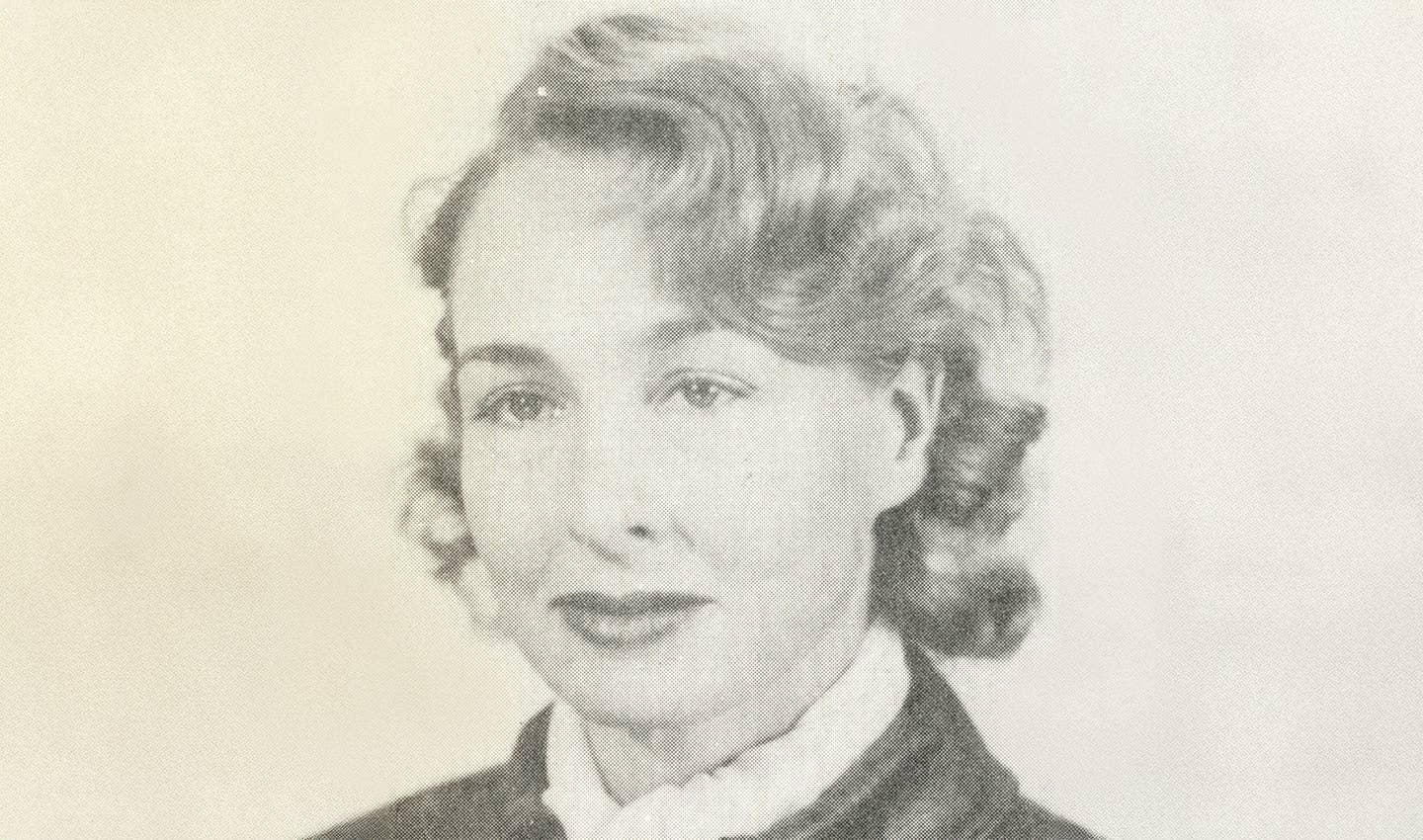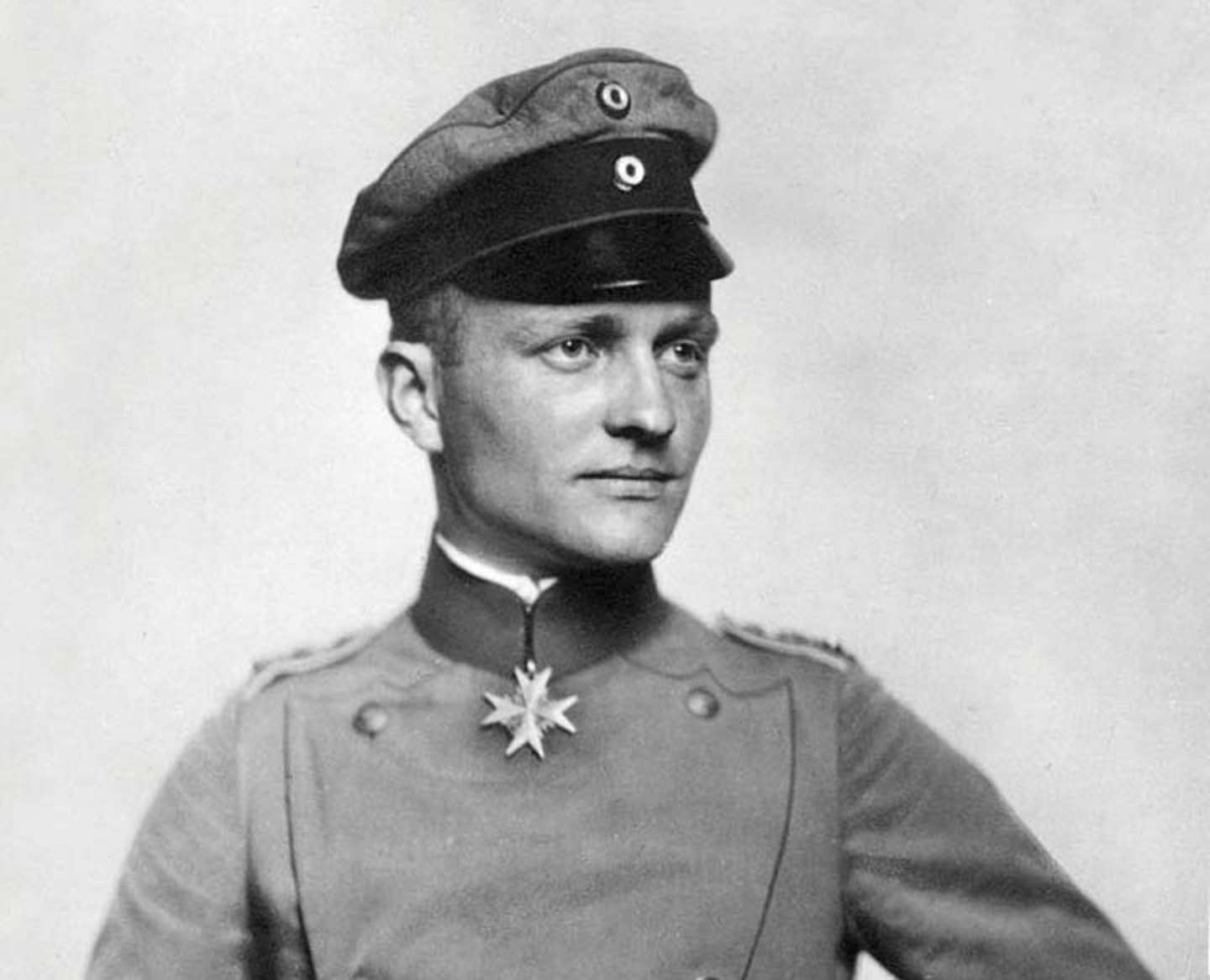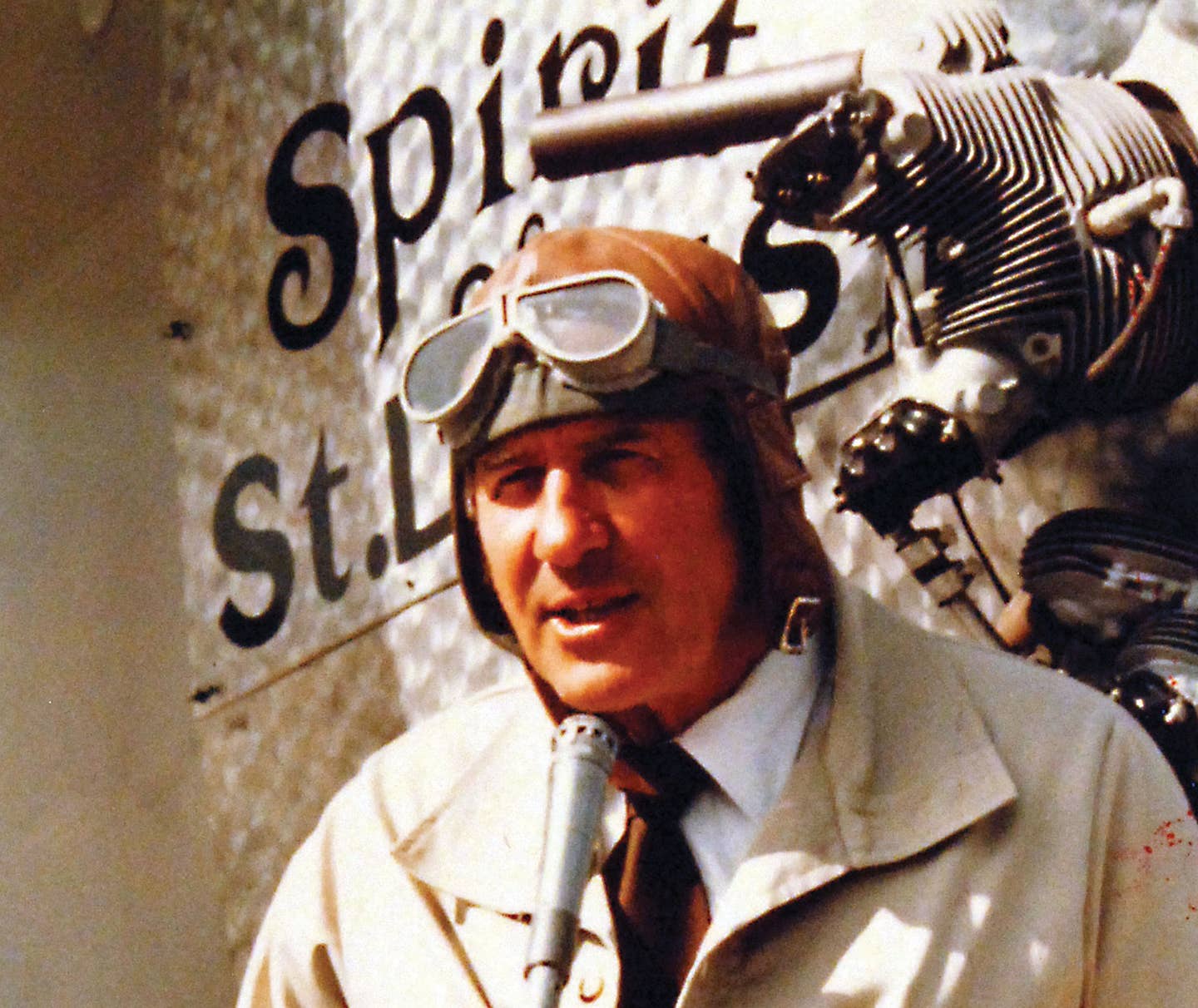John Paul Riddle
Former barnstormer partnered to create a world-class flight training school.

Image courtesy Embry-Riddle Aeronautical University.
There are few names quite so synonymous with pilot training than Embry-Riddle. What started as a couple of airplanes and a desk in a hotel lobby has now become one of the biggest powerhouses of the aviation world.
And it all began with a barnstormer’s dream—John Paul Riddle.
Born in 1901 in Pikeville, Kentucky, Riddle would only later hear stories of the Wright brothers’ first flight in 1903. For him, flying was a part of life, and it is said that, even as a child, Riddle questioned why God hadn’t given him wings.
Riddle would go on to graduate from Pikeville College and enter the U.S. Naval Academy. But the Navy wouldn’t afford Riddle the chance to learn to fly, and he left after only a year to join the U.S. Army Air Service.
Riddle would earn his wings with the Army, but life in the military wasn’t for him. He turned to barnstorming, thrilling spectators with various feats of airmanship. It was during an airshow trip that he would meet the man whose name would forever be entwined with his own—T. Higbee Embry.
In 1925, barnstormer Riddle and entrepreneur Embry struck a deal, launching the Embry-Riddle Company out of Cincinnati, Ohio. At first, Embry-Riddle would act as an aircraft brokerage service, selling WACO aircraft. But Riddle had grown up with a father who was an educator, and Riddle himself dreamed of teaching flying. In spring 1926, that dream became a reality, and the Embry-Riddle Flying School was born.
The school was a success, surviving the stock market crash in 1928, and in 1929, Embry-Riddle became one of the first five institutions to be certified under the Air Commerce Act. Its success attracted the Aviation Corporation (AVCO) of Delaware, and soon a merger was negotiated.
It would be less than beneficial. AVCO shut down the school in fall 1930, taking the Embry-Riddle Company’s airline and cargo routes and later rebranding as American Airways. Just like that, the Embry-Riddle Company ceased to exist.
Embry would retire to California, but Riddle would move to St. Louis, the headquarters of American Airways. But the airline life just didn’t suit him. He spent less than a year with American Airways before moving to Florida in 1932.
In 1939, Riddle decided it was time to reenter the world of pilot training, and the Embry-Riddle School of Aviation was opened in South Florida. Initially a seaplane school, Riddle came to see a need to train pilots for the war that was looming. He partnered with the University of Miami and the Civilian Pilot Training Program, then later began working directly with the Army Air Corps and the Royal Air Force.
While today’s Embry-Riddle students might bristle at the idea of it being a pilot mill, that’s exactly what it was in the 1940s. Pilots could be trained in a nine-week course with 60 flight hours. Over 25,000 U.S. and British servicemen would be taught at Embry-Riddle.
Riddle sold his partnership in the flight school in 1944 but kept close ties with it. After a series of health issues, he retired in the 1960s and died at the age of 87 in 1989. His ashes were scattered in the Atlantic Ocean off the coast of Florida, and a marker was placed in Oak Ridge Cemetery, surrounded by the graves of RAF cadets who had died learning to fly.
With its main campus in Daytona Beach and others in Prescott, Arizona, and across the U.S., Embry-Riddle Aeronautical University continues to train thousands of pilots. Many graduates have gone on to roles flying for the military, cargo carriers, and airlines, as well as serving as flight instructors. That’s why those graduates all began their journey with a familiar call sign for aircraft: “Riddle.”

Subscribe to Our Newsletter
Get the latest Plane & Pilot Magazine stories delivered directly to your inbox

